Ford’s Mini Max Proposal
By Jim and Cheryl Farrell
In the mid-1950s, George Walker, head of Ford‘s Styling Center, was frustrated because his designers had been unable to come up with a theme model for the car that became the ‘60 Falcon—that is, one that was acceptable to Bob McNamara, then head of Ford Division. Finally, Walker assigned veteran designer Don DeLaRossa, who at the time was the new head of the Lincoln studio, and Gale Halderman, a promising young designer manager at Ford, to the project. They were set up them in a small studio downstairs and told to design a small Ford that would pass muster with McNamara. Halderman and the clay modelers did most of the design work, while DeLaRossa was usually busy with other projects. Halderman said that when DeLaRossa reviewed what had been designed, he would make suggestions for a small change to a line here or there or propose addition a feature somewhere on the clay model. Halderman says he was amazed because those small changes DeLaRossa suggested “just made the design.” That clay model went on to become the Ford Falcon.
Fast forward about 15 years. Over the course of 3–4 years in the mid-1970s, DeLaRossa championed a minivan designed at the Ghia design facility in Italy. The Ford minivan proposals, called the Mini Max, were designed using differing platforms. They got as far as at least four operable prototypes. Henry Ford II—still gun-shy from the Edsel debacle—thought the Mini Max would cut into Ford station wagon sales too much, so he said “no” to the production Ford minivan. After that, it was mostly forgotten, but the prototypes were locked up in a warehouse. DeLaRossa thought Ford made a huge mistake in not marketing a Ford minivan. He forecast to friends that the decision would “come back to bite” Ford—but he also kept photographs and the plans for it.
In 1978, DeLaRossa retired to Florida and became part owner of a Cadillac agency. By that time Halderman and DeLaRossa had both become executive directors at the Ford Design Center.
After Henry Ford II fired Lee Iacocca as Ford’s president in mid-1978, Iacocca was quickly hired by Chrysler as its president. A few weeks after he started at Chrysler, Iacocca called Halderman at home one evening and offered him the job as head of Chrysler’s design department. Iaccoca explained all the troubles he had at Chrysler, financial and otherwise, told Halderman he would have to take a cut in salary, but that if he (Iacocca) was successful in turning Chrysler around, Halderman would be well compensated because of stock options. Halderman thought about the offer for a few days and then called Iacocca back. Halderman told Iacocca he was happy at Ford, but more importantly, he and his wife had a young son born with serious medical problems, and he didn’t think it fair for him to take on a new job that would mean working extra hours he thought should be devoted to his family. Iacocca reluctantly said he understood. Halderman then suggested that Iacocca hire DeLaRossa as his new chief designer. Halderman explained to Iacocca about his Falcon experience and told him DeLaRossa was exactly the right person he needed at Chrysler because DeLaRossa was a master at changing or remodeling the design of a car with very little cost and minimal effort.
Iacocca hired DeLaRossa as Chrysler’s head of design, and one of the first new projects DeLaRossa undertook was the design of the Chrysler minivan. DeLaRossa said that if he could have gotten the Ford prototypes out of storage he would have, but he couldn’t. (Iacocca undoubtedly remembered the Mini Max proposals also.) With the plans and photographs DeLaRossa had, plus some excellent Chrysler designers, by late 1983, Chrysler was able to design and market its own minivan, and we all know how well that turned out for Chrysler!
Photos: Ford Design
Footnote: I remember seeing in the hallways at GM Design Staff a rolling, full-size, fiberglas model of a minivan proposal called the MPV (Multiple Purpose Vehicle) based on the FWD X-body platform. It was very much like Chrysler’s minivan that came out several years later. Gary.
Books by Jim and Cheryl Farrell
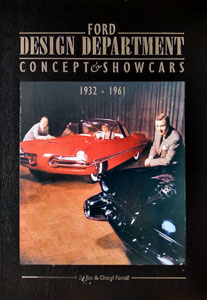
Ford Design Department—
Concepts & Showcars
1999, 10×13, 400 pages, Fully indexed
900 photos. Includes 150+ designers and sculptors, and highlights 100 concept cars.
ISBN 0-9672428-0-0
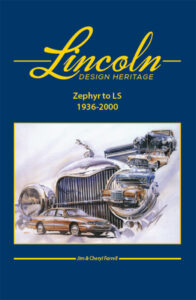
Lincoln Design Heritage:
Zephyr to LS (1936-2000)
2021, 10×13, 480 Pages, Fully Indexed
1,600 photos and illustrations
ISBN 978-0-9672428-1-1
The Ford book is $50 plus $7 S&H (US). The Lincoln book is $85 plus $10 S&H (US). Both books bought together are $110 plus $17 S&H (US). To order, email: cfarrell57@gmail.com

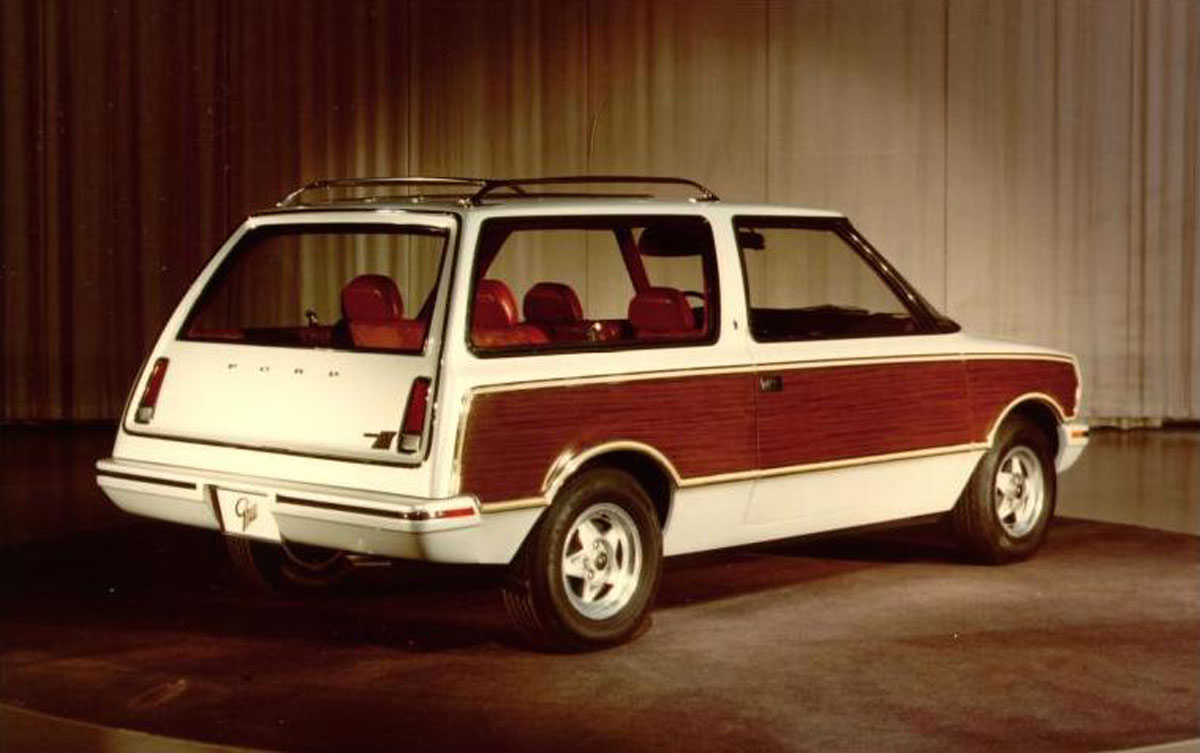
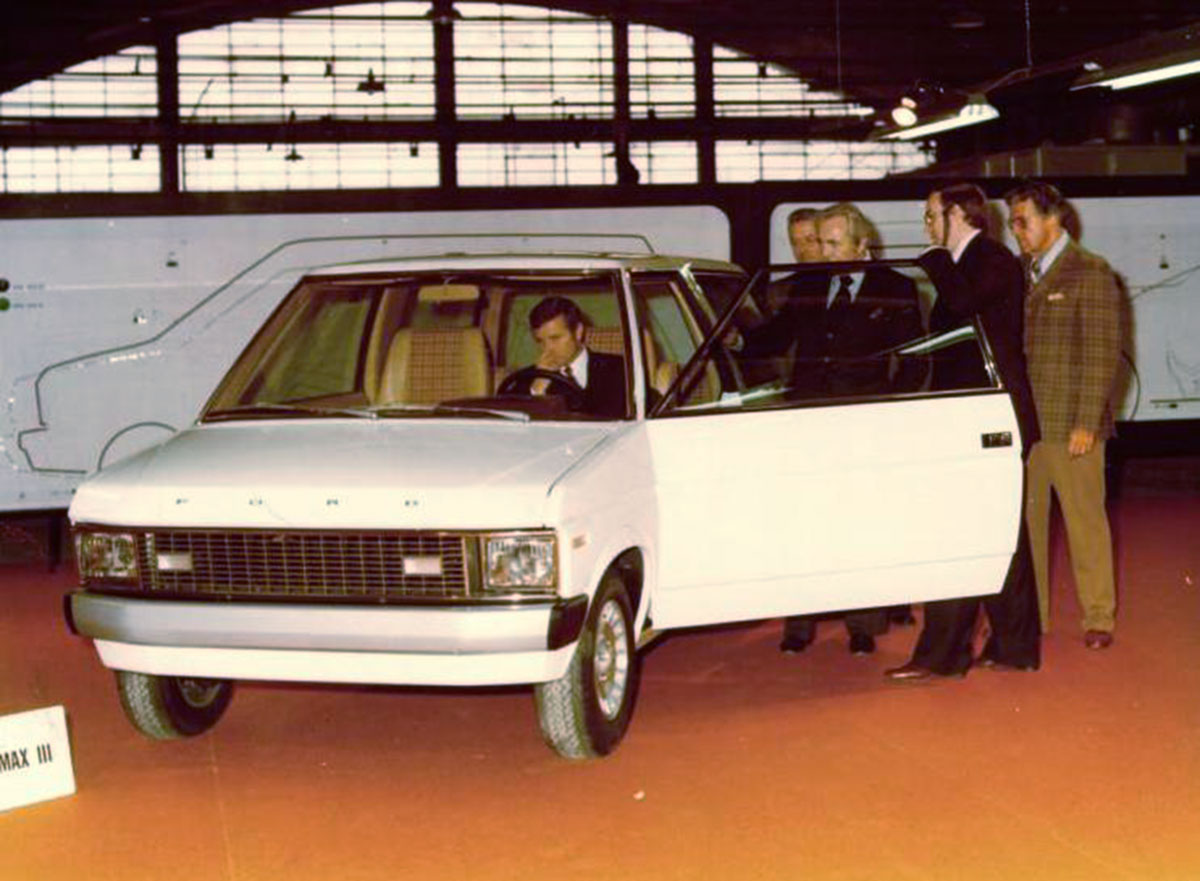
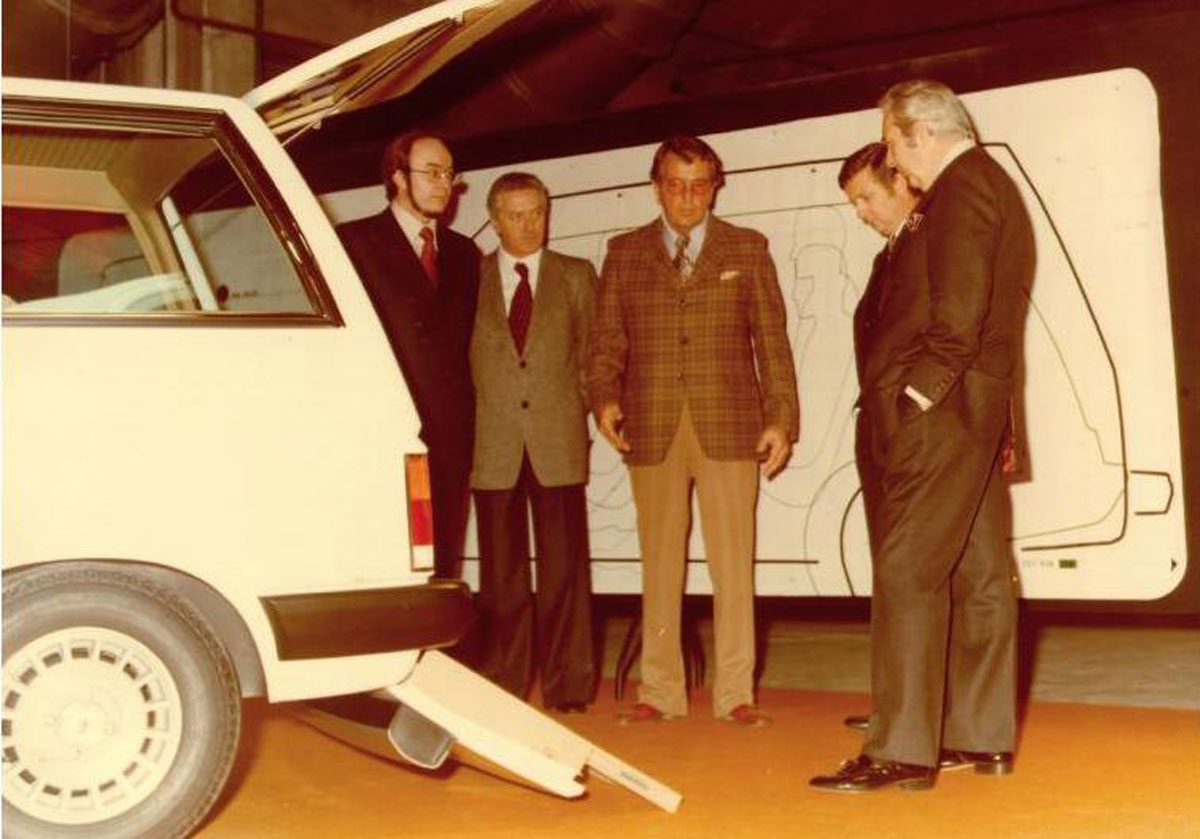
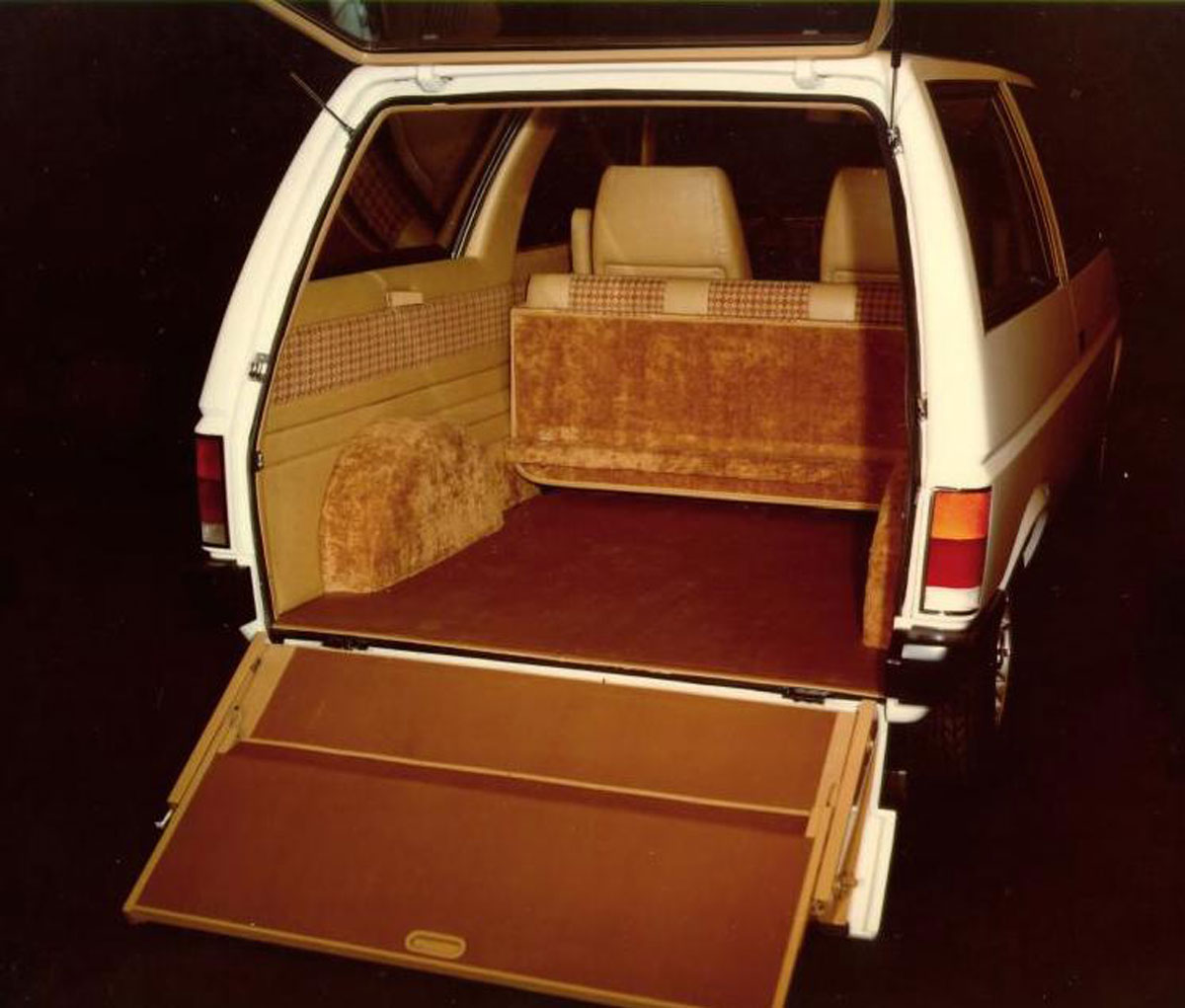
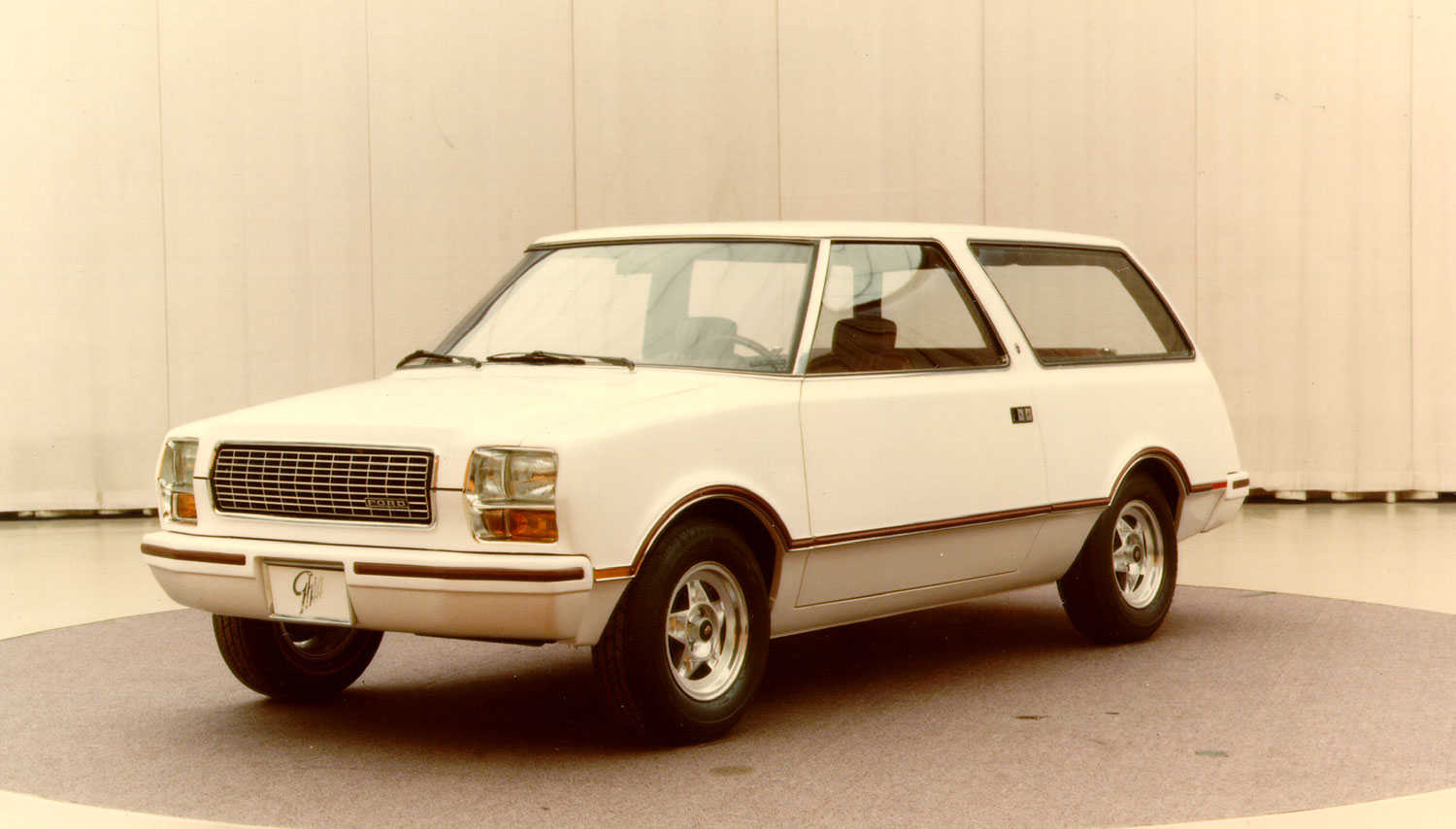
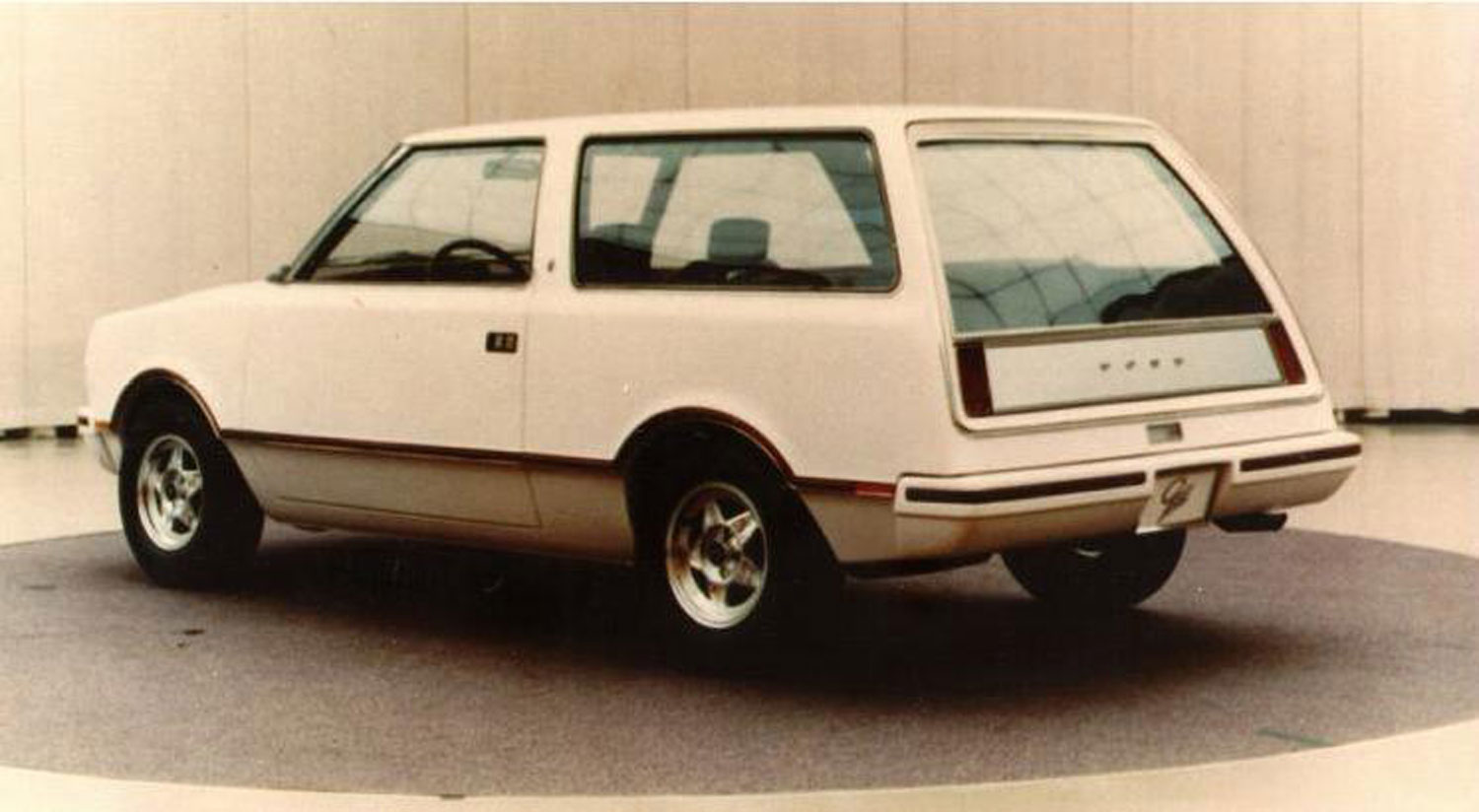
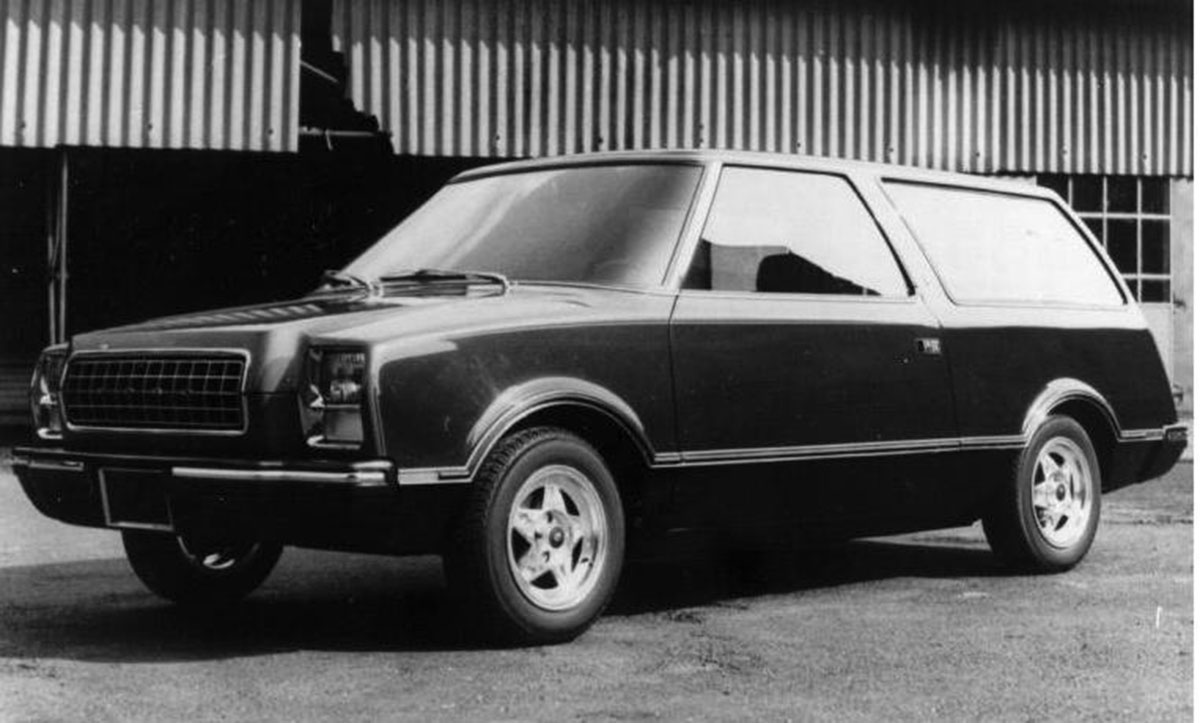
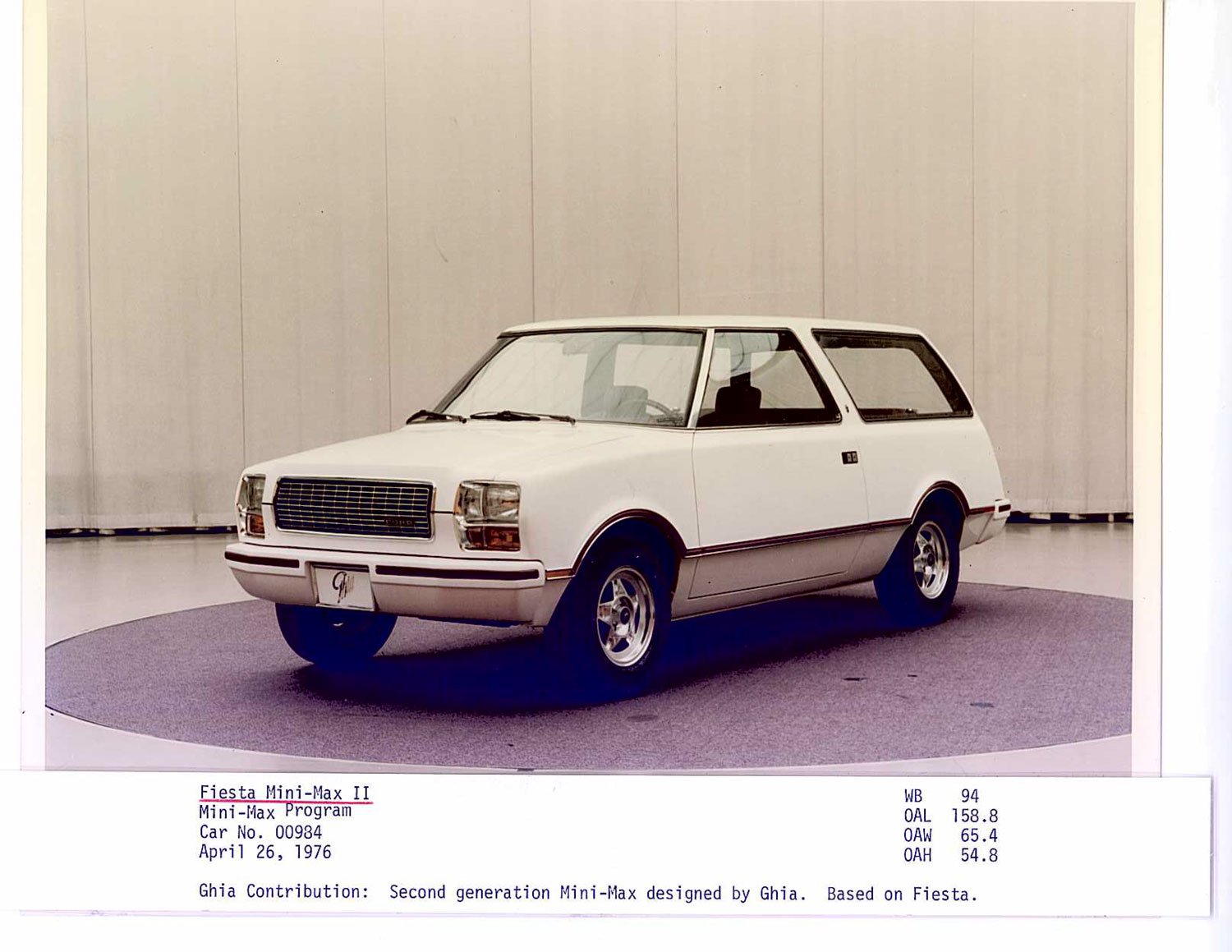
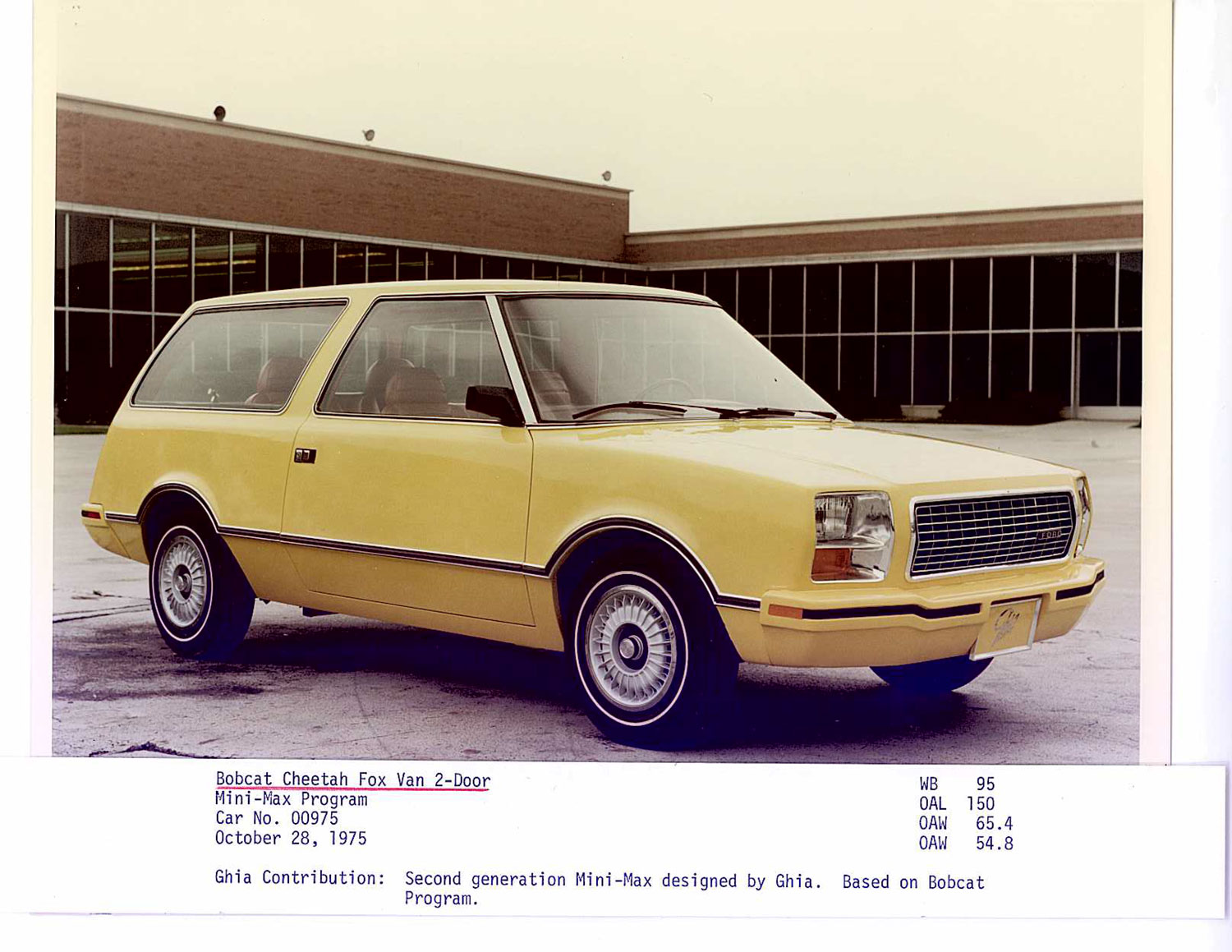
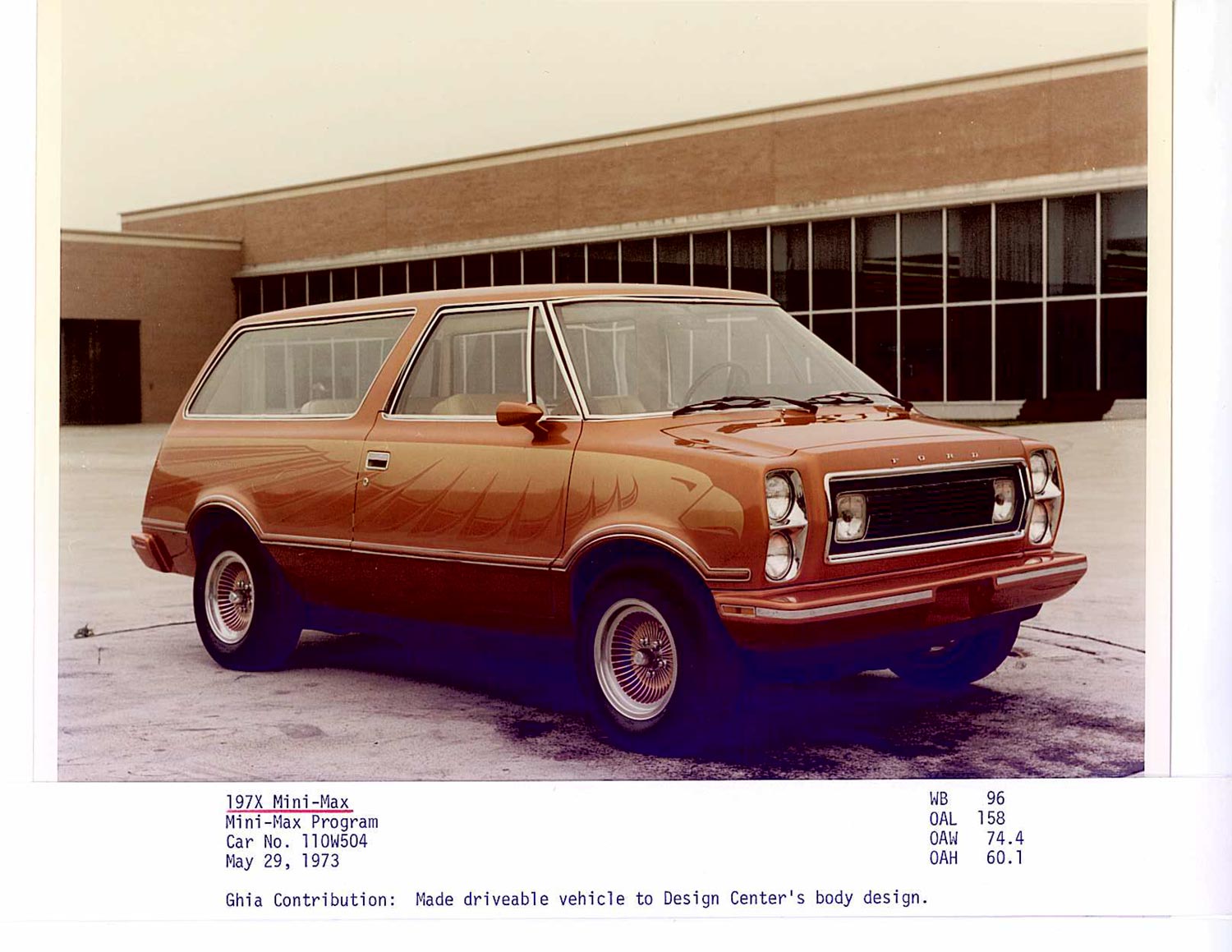
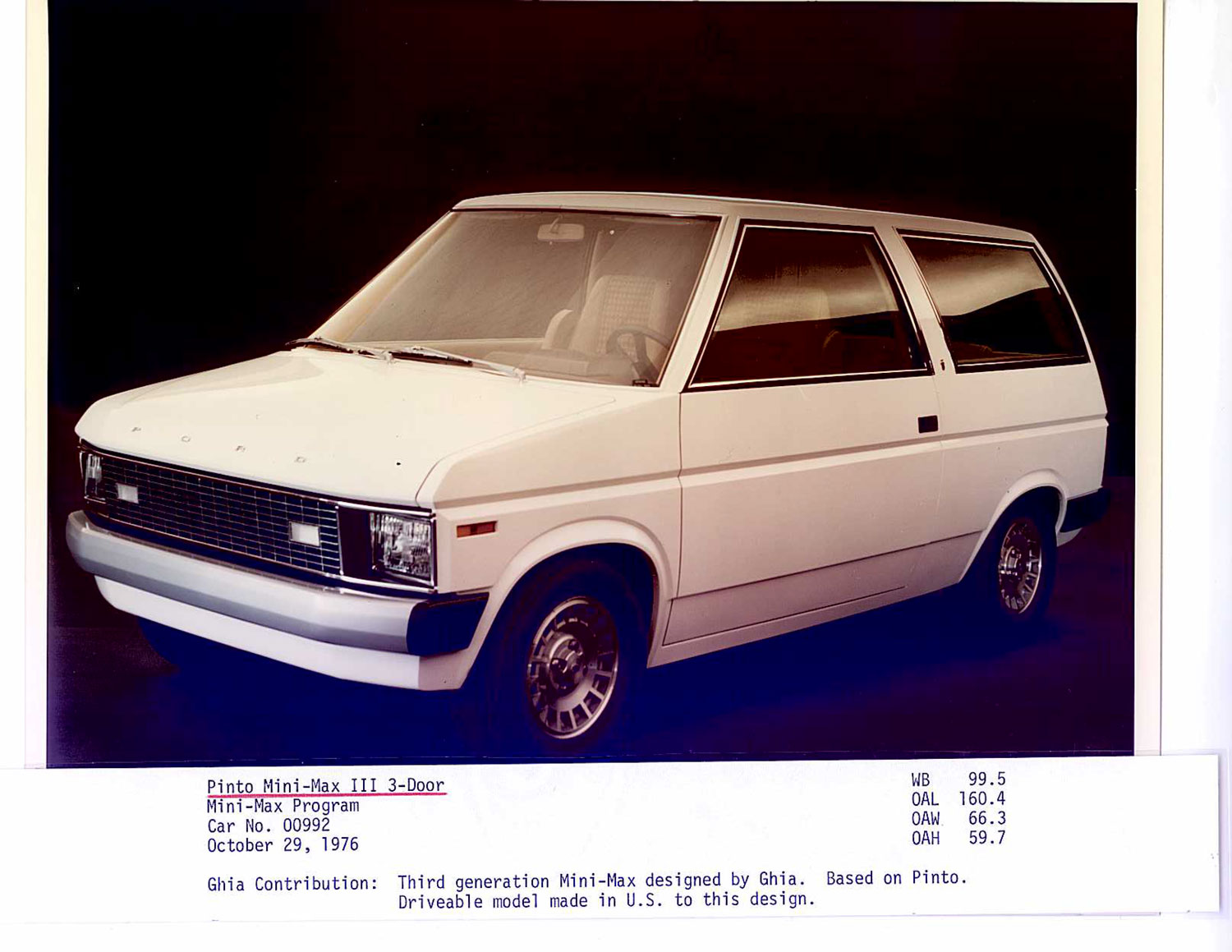
After Iacocca’s string of hits, Mustang, Maverick, Pinto, etc., Henry would trust Lee’s judgment. But rank has its privilege, even when it’s wrong. Or maybe he did it on spite.
Another one I didn’t know about.
This is a great little Article. Thanks.
Any information on what happened to the prototypes?
Yes to the third-gen Ghia design with its single headlamps and indented side spear. All it needed was the front-drive Monica platform that HF II killed, and which included a VW Scirocco-like sports coupe that, I guess, might have replaced the Mustang. I saw that car on the road in the late 1970s, outside of Ford’s Design Center while riding my bike in the area. (I was a kid then.) Apparently there were a number of designs for sedans and coupes done by Tom Tjaarda at Ghia.
I was part of the studio that worked on the package and design phase of the T-115 minivan at Chrysler in 1978. Doug Wilson, who later went to Nissan in La Jolla, CA, was the principal designer of the minivan produced in ’83. I left Chrysler in ’79 to return to SoCal where I joined Design West in Irvine. At Design West I helped Mazda of North America (and designer Tom Matano) build the full-size prototype of the Mazda MPV minivan.
Successor seems has many fathers!!? Adding to this story we should also identify Hal Sperlich who was a product planner who while at Ford tried mightily to get a true Minivan proposal approved. This one more of the size the world eventually saw. HFII wouldn’t accept that one either. Iacocca recruited him to Chrysler and he also brought along the research from clinics that he had completed over the years. That was added to the work that others were doing at Chrysler already. I so think a lot of the strategy work of the minivan is owed to Sperlich, who was also a key planner on the mustang with Iaccoca
According to Ford designers, Sperlich was a genius as far as the automobile business is concerned. Wasn’t Sperlich fired at HFII’s direction because he kept pushing for the Ford minivan after HFII had already made his decision not to build it? Also, wasn’t Sperlich already at Chrysler and one of those who helped recruit Iacocca?
HAl Sperloch was the man for production engineering at Chrysler. Well-respected and thought of he was a bright spot in Chrysler’s engineering clique’ of “just say no”. His downfall was being adament about Iacocca’s penchant for buying less than stellar companies as a financial and resource drain. It was a sad day, indeed! Francois Gastaing was hardly a respected engineering light at the time. Lutz had known him from racing in Europe and thought that was good enough. The vaunted platform teams were were really getting buy in from all development groups, before pulling the trigger on design for manufacturing.
These Ford designs all look very good at the time, but lacked the major defining minivan feature of truck-like sliding doors. These just looked like small station wagons…
The big difference between the Ford and Chrysler designs was the Ford proposal a longatudinal rear drive which look more truck like in the final iteration the Aerostar was truck based I believe. For Chrysler they already had the Omni Horizon front drivers so the could really package the design as more car like and most importantly fit in your typical garage.
Art Center College of Design instructor Strother MacMinn advocated minivans. I believe it was in the late winter/early spring of 1976 that us students started designing minivans and eventually built a full-size foamcore and flake board mock-up capable of carrying a Mid-Seventies enduro bike. Several Chrysler executives were visiting the campus after the mock-up was made, and were shown the van and how the seats folded to allow an enduro fit.
@Ron Wilson: A lot of people think that the Aerostar is based on the Ranger, but even though the Aerostar was classified as a truck, it had it’s own unitized construction with two large 3 x 6 longitudinal beams that run the length of the vehicle forming the base structure for the rest of the platform. The Aerostar is also larger than Chrysler’s minivan with only the current Mercedes Metris van equaling it in load space. Despite it’s size it’s still garageable even in the 4WD version.
When I returned to GM in 1973, I saw a Chevy Citation based minivan in the basement hallway. I thought it looked great, and that my friends in California would love it. However, I was told Howard Kerhl on GM’s board thought a minivan would hurt station wagon sales… just like Henry! Ironic how right they were!!!